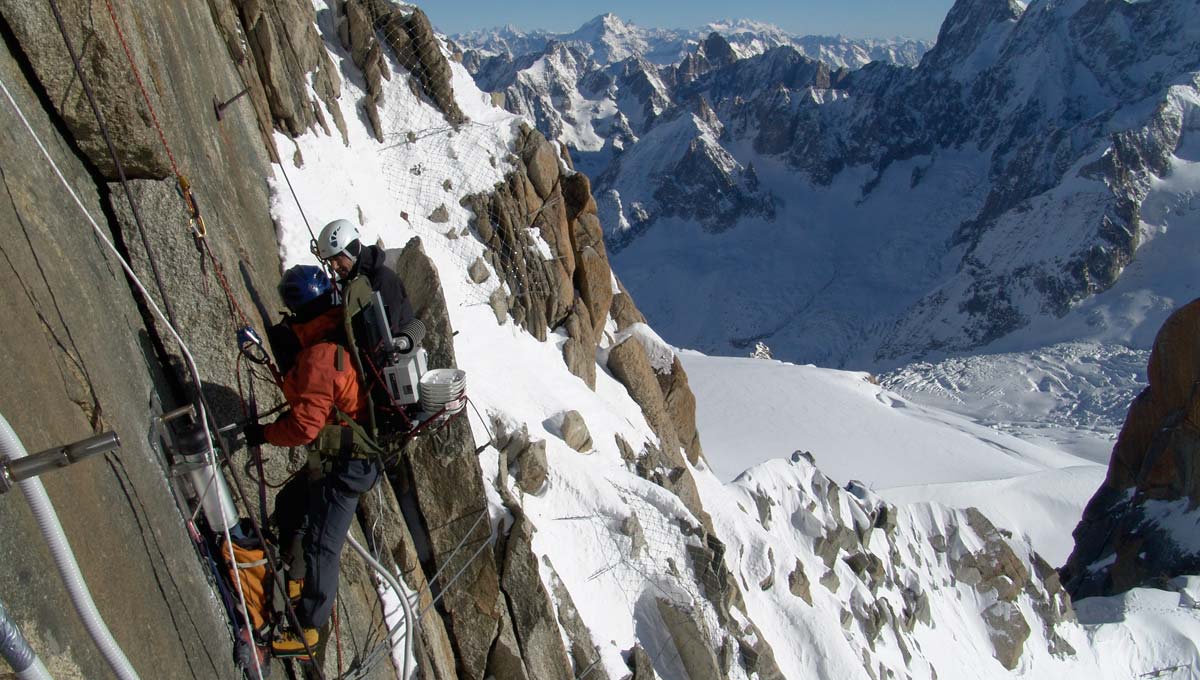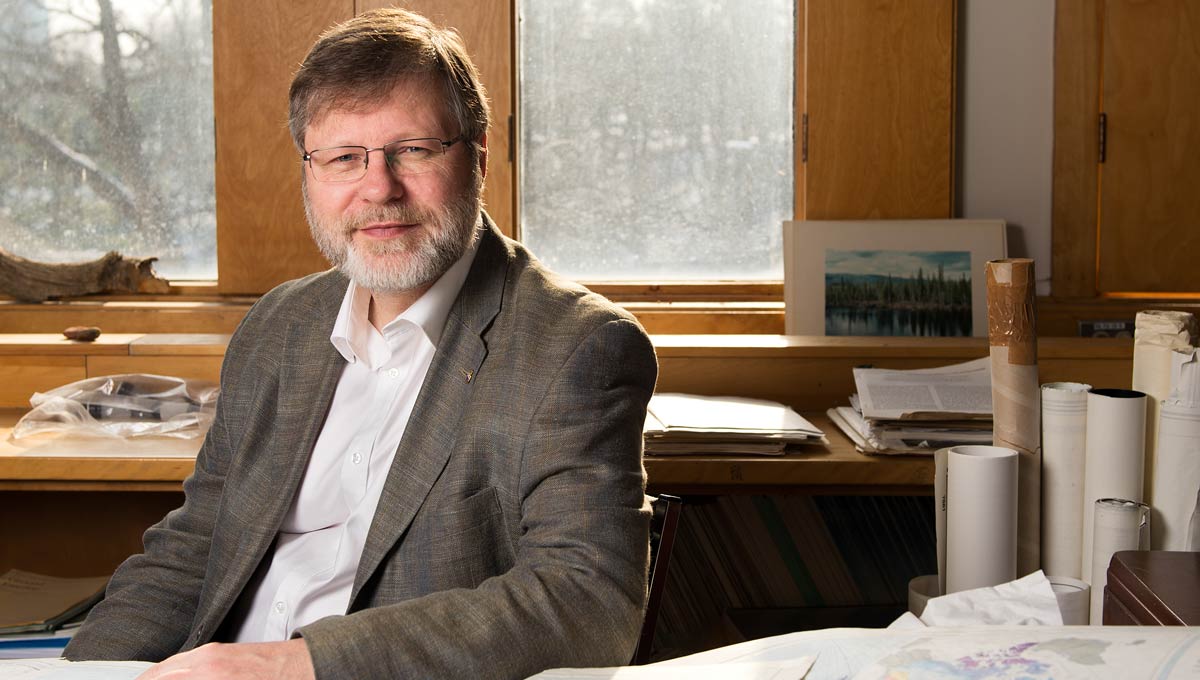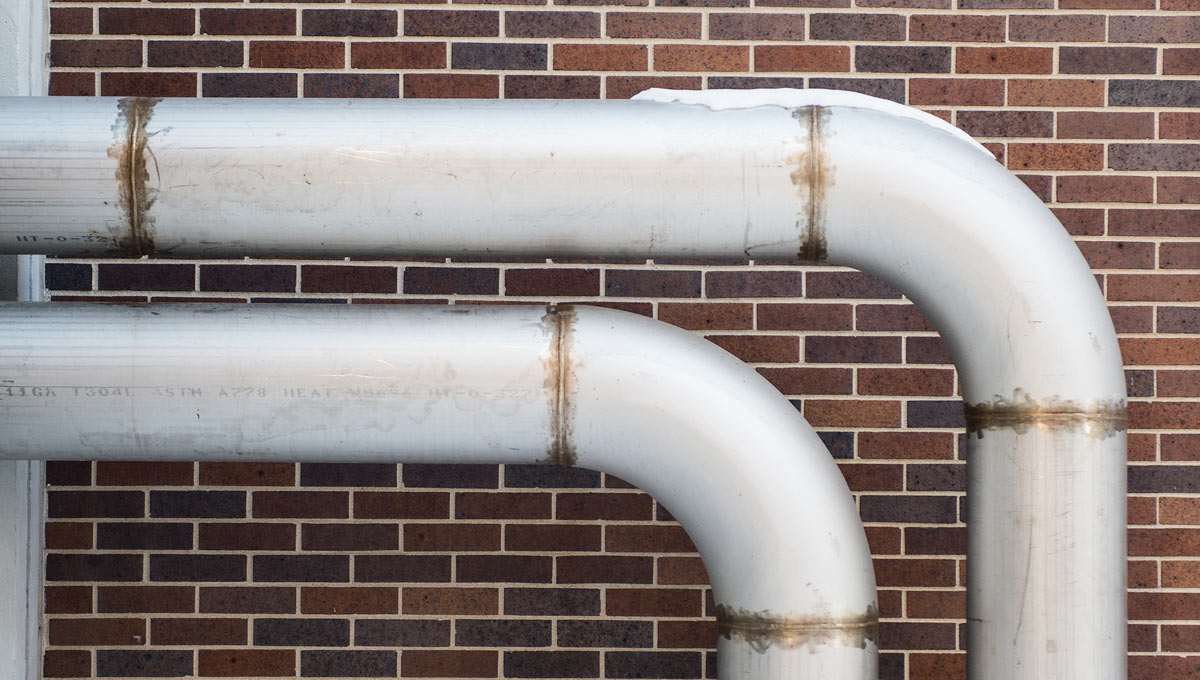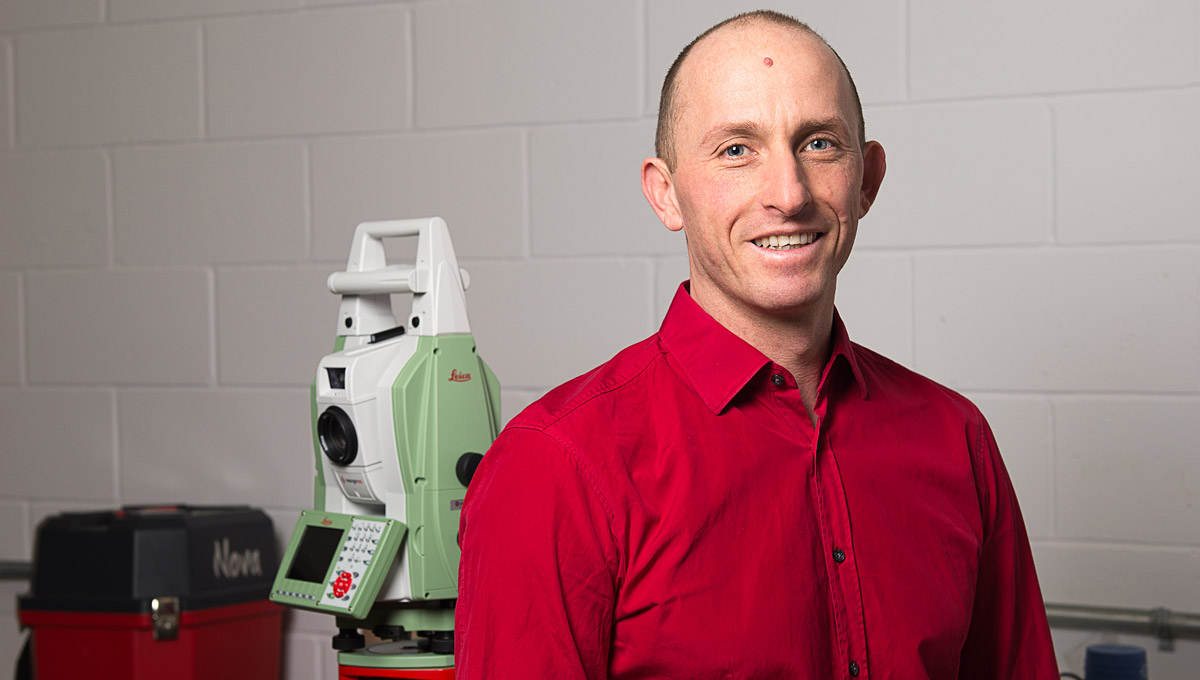By Dan Rubinstein
As Canada reemerges as a leader in the international effort to combat global warming at the United National climate change conference in Paris, Carleton faculty, students and staff are helping address this era’s biggest challenge involving human impact on nature.
Through research projects with widespread significance and sustainability initiatives on campus, the university is making a significant contribution around the planet and at home.
A long list of professors and students – in fields ranging from biology, Earth sciences and geography to journalism, public policy and other branches of the humanities – are working to advance knowledge around climate change and help us map out mitigation and adaptation strategies.
These efforts are particularly important in Canada because the country is warming at roughly twice the global rate, federal government scientists revealed at a meeting between Prime Minister Justin Trudeau and the 13 provincial and territorial leaders before the Paris summit
Two of Carleton’s top climate change researchers, geography professors Chris Burn and Stephan Gruber, are digging into the permafrost to gain a deeper understanding of the transformation we are experiencing.
“Permafrost is a complete game-changer in this country,” says Gruber, the Canada Research Chair in Climate Change Impacts/Adaptation in Northern Canada, who came to Carleton from Switzerland in 2013. “Something of this magnitude should receive more attention.”

Unlike shrinking glaciers and ice caps, permafrost degradation is not easy to observe. But when Arctic and Subarctic ground thaws after remaining frozen for centuries, the infrastructure it supports — from buildings and roads to industrial installations such as pipelines — can be destabilized. The hydrology changes, affecting wildlife and vegetation. As well, methane and carbon dioxide are released into the atmosphere.
“Northern engineering is based on a world where the climate and permafrost are stable,” says Gruber. “We’re in a different world now.”
Last summer, Gruber surveyed and laser scanned a number of field sites in the Northwest Territories. When permafrost thaws, the land surface often settles and deforms. Gruber’s scanning method is optimized for detecting even tiny changes.
Returning to the same places in the years to come will allow him to identify and quantify trends. Incorporated into a broader set of measurements looking at vegetation cover, soil characteristics and ground temperature over a wider spatial area, Gruber’s results can be used for testing and developing simulation tools.
These computer models allow researchers to apply the insight gained at one location over larger areas, and to explore the effectiveness of various management practices in places where infrastructure is impacted by climate change. Ultimately, Gruber intends to develop better “predictive capability” around changes in Canada’s North.
Doing field work in the same location for several decades is the key to valuable climate change research, says Burn, one of Gruber’s colleagues at Carleton’s Department of Geography and Environmental Studies.

Professor Chris Burn
Burn, the NSERC Senior Northern Research Chair from 2002 to 2012, has been investigating permafrost in the western Arctic since the early 1980s. His mentor, pioneering scientist J. Ross Mackay, who passed away in 2014, has data going back another three decades.
The “active layer” that thaws and freezes above the permafrost every year appears to be getting deeper, says Burn. This has huge implications because the top of permafrost is commonly full of ice. “What we’re seeing,” he says, “is the continuation of a long-term trend.”
Although Burn was in the NWT when Gruber arrived at Carleton and the two men did not know each other beforehand, their experience and approaches to research are complementary.
Burn has indispensable knowledge of northern environments, and his ecosystem of collaborators readily adopted Gruber, who considers himself a bridge between field work and the “abstracted, scaled-up” realm of modelling. And both are driven by a desire to, as Burn says, “provide really solid evidence as to how permafrost is responding to a new climatic regime.”
Meanwhile, in the faculties of Public Affairs and Arts and Social Sciences, a diverse group of about 80 professors and grad students has formed the Carleton Climate Commons Working Group. In the words of English Prof. Barbara Leckie, these scholars want to explore “the role of the humanities and social sciences in the pressing climate change conversations of our time.”
Last year, the group organized several gatherings at Carleton, including a roundtable on fossil fuel divestment, an Energy East Pipeline information session, and a university-wide discussion about Naomi Klein’s award-winning book This Changes Everything, which deconstructs the neoliberal market fundamentalism roots of the climate crisis.
More events are planned moving forward, such as a roundtable on curriculum and climate change that will be held at 3 p.m. on Friday, Dec. 4 (Loeb A410), with speakers Chris Russill (Journalism and Communication), Emilie Cameron (Geography and Environmental Studies), Peter Thompson (Canadian Studies) and Noel Salmond (Religion).
“The university has long been the place our society dedicates to addressing issues of vital importance,” Leckie wrote in a post for the FASS Blog in October. “Climate change is one of those issues.”
Carleton is also committed to walking this talk and has enshrined a focus on sustainability in its Strategic Integrated Plan (SIP).
The plan, subtitled “Sustainable Communities – Global Prosperity,” aims to help build environmentally conscious sustainable communities in Canada and around the world through the university’s research and educational priorities. And it calls for Carleton to lead by example.
A few months before the overarching SIP was launched, Carleton’s Facilities Management and Planning department released a strategic plan for embedding sustainability into the university’s operations.

From the early days of recycling and composting programs, Carleton has moved to a sophisticated waste-management system, a transportation plan that encourages public transit, walking and cycling, and building retrofits (as well as the design of new buildings) to minimize energy and water consumption.
Moreover, the university has adopted a “if you can’t measure it, you can’t manage it” mindset, with initiatives such as the Digital Campus Innovation project established to provide a detailed account of how much money Carleton spends to heat, cool, ventilate, light and power its 44 buildings.
Robertson Hall was the first building selected for the energy retrofit program. Completed in the summer of 2014, the work led to annual savings of 791,970 killowat hours of electricity, 508,728 kilograms of steam and 3,736 cubic metres of water, with associated annual costs savings projected at more than $120,000.
An energy retrofit has also been completed on the Athletics Building and will soon be finished at Loeb, with the Mackenzie and Minto buildings next on the list.
Progress on executing the Sustainability Plan, and much more, is summarized in a Sustainability Guide produced by Carleton. The guide, which features a walking tour of our sustainable campus, highlights environmentally conscious programs such as the many water filling stations located throughout campus to reduce the use of plastic bottles, secure bike parking (outside Athletics and Robertson) and a bike repair station (between the Architecture Building and University Centre).
It also discusses the university’s use of the Green Globes system (an internationally recognized, third-party certification and evaluation tool) and the Carleton University Energy Master Plan, developed in partnership with Honeywell to identify how Carleton can become a more sustainable campus.

Professor Stephan Gruber
In 2013, Carleton created its Green Revolving Fund, a $1-million fund to provide capital for projects that improve the university’s energy and sustainability performance and reduce campus emissions.
One of the projects selected for funding this year is PhD student Burak Gunay’s Intelligent Indoor Climate Control system, which uses software to decrease heating and cooling in unoccupied offices — a practical application of his doctoral research.
“A lot of this is just common sense,” says Philip Mansfield, Carleton’s manager of sustainability programs. “Why wouldn’t we want to reduce our energy use and carbon footprint and divert as much waste as possible from landfills and save money at the same time? This is what a university should be doing.”
There’s also a wide spectrum of options for students interested in studying the subject. They can earn a Master’s in Sustainable Energy, for example, in either engineering or public policy. The Architectural Conservation program teaches a modern approach to the design and retrofit of buildings that hold sustainability as the guiding objective while respecting architectural history and significance. And in the Philosophy Department, undergraduates can enrol in classes such as Introduction to Environmental Ethics, which explores the relationship between people and the natural world, or Contemporary Moral, Social and Religious Issues, which covers environmental protection among racism, human rights and other sweeping moral issues.
Mansfield recently spoke to an Environmental Studies class about some of the work underway at Carleton. The projects currently happening on campus, he says, are real-world examples that embody theories about sustainability.
These multifaceted initiatives, research projects and courses are just a few of the ways that Carleton addresses one of the main goals of the Strategic Integrated Plan — bringing people together from different areas to collaboratively tackle major challenges. Which, in a sense, is what’s really at the core of the United Nations climate change conference.
Friday, November 27, 2015 in Environment and Sustainability, Research
Share: Twitter, Facebook



